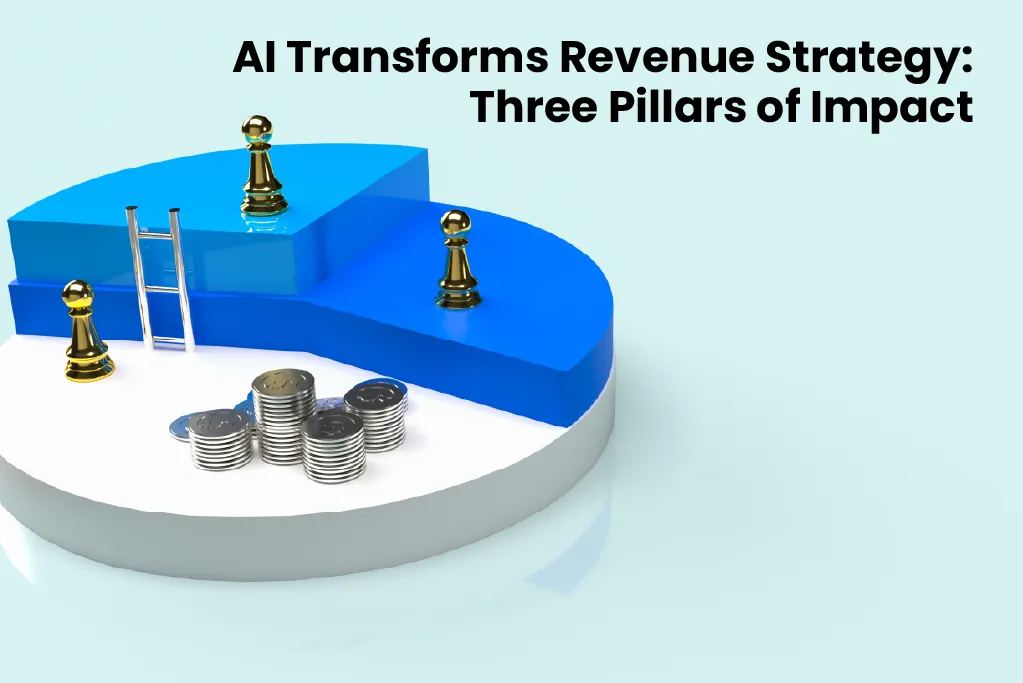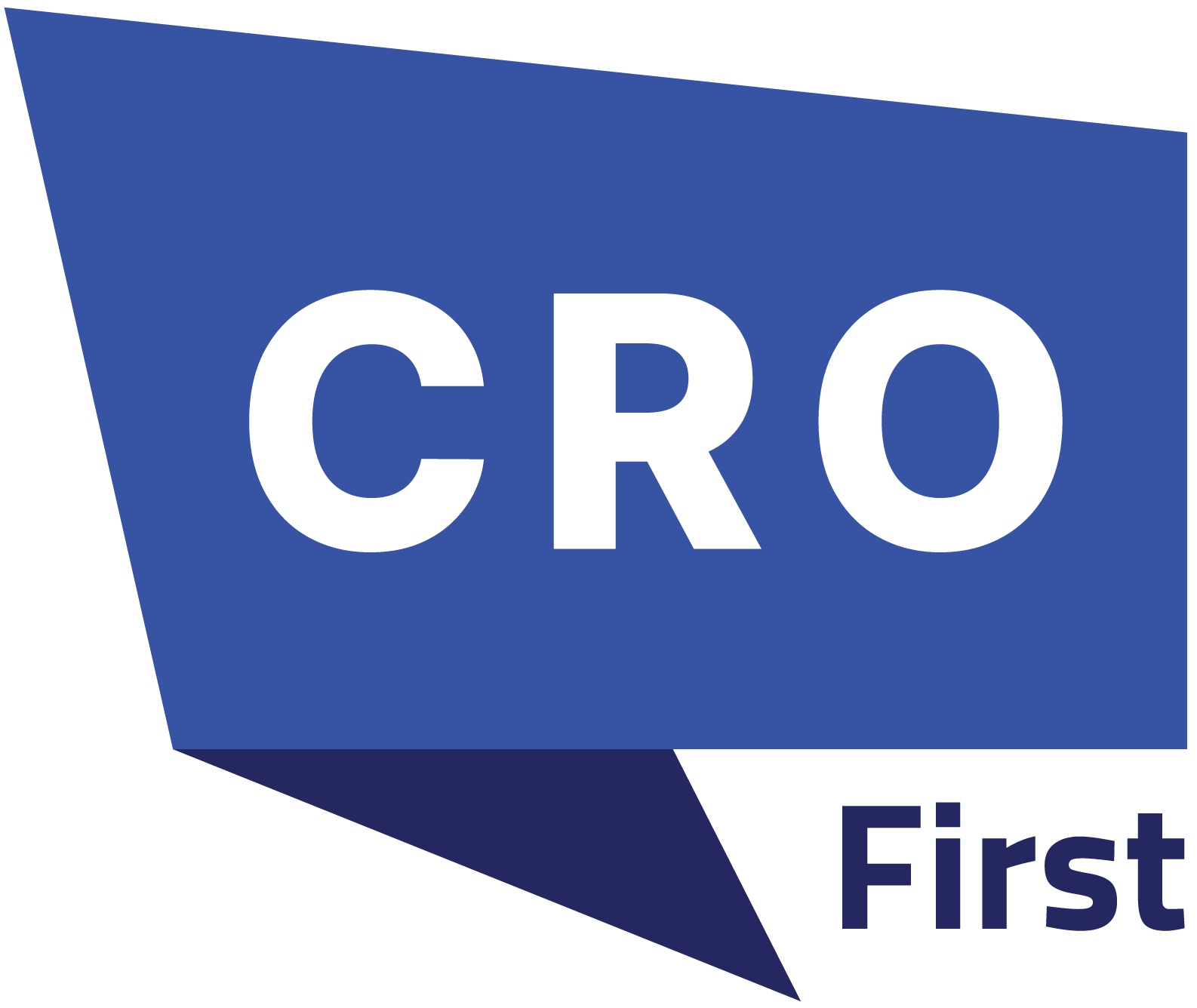For years, revenue leaders used instinct, experience, and scattered data to guide their companies toward growth. Chief Revenue Officers (CROs) often relied on their gut feelings. They used this intuition to close deals, predict pipelines, and distribute resources. As markets become more complex, the stakes for precision rise. Buyers change their behaviors, the economy is unstable, and competition is fierce. Enter artificial intelligence (AI), a transformative force reshaping how revenue teams operate. AI is no longer just a theory. It now supports data-driven strategies. This helps CROs to predict outcomes. They can also personalize engagements and enhance the entire revenue engine.
This shift isn’t just about adopting new tools. It’s a fundamental reimagining of how businesses approach growth. Gone are the days of hunches and spreadsheets. According to Gartner 65% of B2B sales organizations will transition from intuition-based to data-driven decision making by 2026.
Today’s revenue leaders want useful insights from real-time data. AI is providing just that. Let’s look at how AI is changing revenue strategy. We’ll see why resistance is decreasing and what steps CROs can take to use its benefits.
Also Read: Invoca’s Signal AI Studio Helps Marketers Link Ads to Revenue
The Evolution: Why Intuition Alone Is No Longer Enough
Historically, revenue strategies were built on relationships and qualitative judgment. A seasoned sales leader might “sense” which deals would close, or a marketer might rely on anecdotal feedback to refine campaigns. While these methods worked in simpler times, they’re ill-suited for today’s fast-paced, data-saturated environment.
Consider the pitfalls of gut-driven decisions:
- Inconsistent forecasting: Subjective predictions often miss macroeconomic signals or competitor moves.
- Resource misallocation: Teams waste time on low-potential accounts or outdated tactics.
- Missed personalization: Buyers expect tailored experiences, which manual processes can’t scale.
Even before AI, forward-thinking organizations recognized the value of data. CRM platforms like Salesforce introduced visibility into pipelines, while analytics tools highlighted trends. But these systems still required human interpretation—and human bias. AI eliminates that gap by processing vast datasets, identifying patterns invisible to the human eye, and generating recommendations free from cognitive blind spots.
A 2023 McKinsey report underscores this shift: Companies using AI-driven revenue strategies saw a 15–20% increase in sales productivity and a 10–15% boost in lead conversion rates. The message is clear: Data isn’t just supplementing intuition—it’s surpassing it.
How AI Transforms Revenue Strategy: Three Pillars of Impact

AI’s value lies in its ability to turn raw data into strategic gold. For CROs, this manifests in three critical areas:
Hyper-Accurate Forecasting and Predictive Analytics
Traditional forecasting models rely on historical data and linear projections. AI, however, analyzes thousands of variables—from market sentiment to individual rep performance—to predict outcomes with startling accuracy. Machine learning algorithms continuously refine their models, factoring in real-time signals like website engagement, email responses, or even news events affecting a client’s industry.
Take Salesforce’s Einstein AI, for example. The platform evaluates deal stages, competitor activity, and historical close rates to assign a “probability of winning” to each opportunity. Teams can then prioritize high-value deals or intervene in stagnating ones. For CROs, this means fewer surprises at quarter-end and more confidence in hitting targets.
Personalized Engagement at Scale
Modern buyers expect relevance. Generic emails or one-size-fits-all pitches no longer cut it. AI enables hyper-personalization by analyzing buyer behavior, firmographics, and even sentiment in communication. Tools like Gong or Chorus.ai parse sales calls to identify which messaging resonates, while generative AI crafts tailored content for each prospect.
HubSpot’s AI-powered Campaign Assistant exemplifies this. By inputting a few keywords, marketers generate optimized email copy, social posts, or ads aligned with a specific audience segment. For revenue teams, this means scaling 1:1 engagement without sacrificing quality—a feat impossible through manual efforts alone.
Dynamic Pricing and Offer Optimization
Pricing has always been a blend of art and science. AI transforms it into a precise discipline. Algorithms assess demand elasticity, competitor pricing, and customer lifetime value to recommend optimal price points. Dynamic pricing tools like PROS or Vendavo adjust quotes in real time based on deal context, maximizing margins without alienating buyers.
A case in point: Global manufacturer Caterpillar used AI to analyze decades of transactional data, uncovering pricing inefficiencies across regions. By implementing AI-driven adjustments, the company boosted margins by 8% within a year.
Overcoming Resistance: Addressing the Human Side of AI Adoption
Despite its potential, AI adoption faces cultural hurdles. Many leaders fear job displacement, distrust “black box” algorithms, or simply cling to legacy processes. Successful integration requires addressing these concerns head-on:
- Transparency: Demystify AI by explaining how models work. Tools like Clari or People.ai offer dashboards that trace recommendations back to data sources, building trust.
- Upskilling: Invest in training programs to help teams interpret AI insights. Salesforce’s Trailhead, for instance, offers courses on leveraging AI tools within CRM workflows.
- Ethical Guardrails: Establish guidelines for data privacy and bias mitigation. Ensure AI aligns with corporate values—for example, avoiding exploitative pricing tactics.
Philips’ revenue team offers a blueprint. When rolling out AI for sales forecasting, leadership held workshops to align reps with the tool’s logic. Within months, reps transitioned from skeptics to advocates, using AI to refine their outreach strategies.
The Road Ahead: AI as a Collaborative Partner
AI isn’t replacing revenue leaders—it’s augmenting them. The future belongs to CROs who blend human ingenuity with machine intelligence. Imagine a world where:
- AI predicts churn risks six months in advance, allowing account managers to proactively address concerns.
- Real-time market scans trigger automated adjustments to pricing or campaign messaging.
- Virtual assistants handle routine tasks, freeing reps to focus on high-impact negotiations.
This vision is already materializing. Microsoft’s Viva Sales platform integrates AI-generated insights directly into Outlook, guiding reps on next steps during client interactions. Similarly, Drift’s conversational AI qualifies leads 24/7, ensuring no opportunity slips through the cracks.
Actionable Steps for CROs Ready to Embrace AI
For leaders eager to pilot AI, start with these steps:
Audit Existing Data Infrastructure: AI thrives on clean, unified data. Partner with IT to eliminate silos and ensure CRM, marketing, and financial systems are integrated.
Pilot Focused Use Cases: Begin with low-risk, high-impact applications. Test AI-driven forecasting in one region or deploy chatbots for lead qualification.
Measure and Iterate: Track metrics like forecast accuracy, conversion rates, or time saved. Use feedback to refine AI models and workflows.
Foster a Data-Driven Culture: Reward teams for leveraging AI insights, and celebrate wins that demonstrate its value.
The Risks of Standing Still

Organizations clinging to legacy approaches face existential risks. A 2024 Gartner study warns that by 2026, 60% of B2B companies lacking AI-driven revenue strategies will experience market share erosion. Competitors leveraging AI will outpace them in customer acquisition, retention, and profitability.
Consider the cautionary tale of a mid-sized SaaS firm that dismissed AI as a “trend.” While rivals adopted predictive lead scoring, this company relied on manual processes. Within 18 months, its pipeline velocity lagged by 40%, and it lost key accounts to nimbler competitors.
Conclusion: The Time to Act Is Now
The rise of AI in revenue strategy isn’t a distant future—it’s here. For CROs, the choice is clear: Embrace AI as a catalyst for growth, or risk obsolescence. By marrying data-driven insights with human expertise, revenue leaders can unlock unprecedented precision, efficiency, and scalability.
The journey begins with a mindset shift. View AI not as a threat, but as a collaborator that amplifies your team’s strengths. Start small, iterate relentlessly, and keep the human element at the core. After all, AI excels at parsing data, but it’s your vision, creativity, and relationships that will ultimately drive revenue forward.
In the words of Adobe’s CRO, “AI isn’t about replacing intuition. It’s about empowering it with superhuman clarity.” The future of revenue leadership belongs to those who dare to merge the two.

